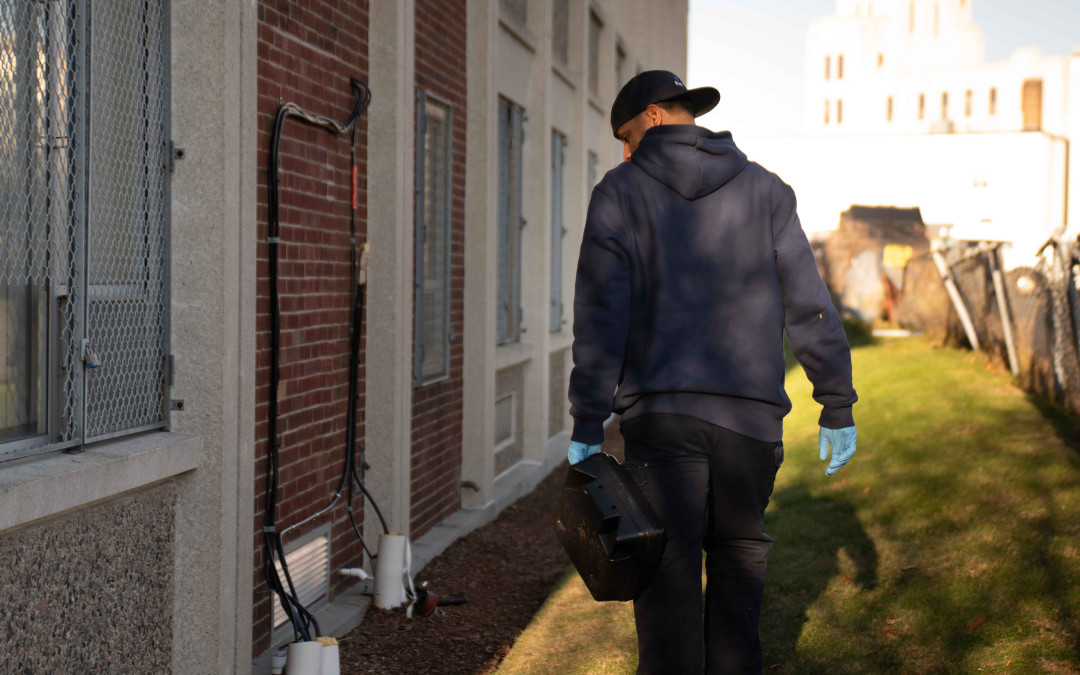With the rise in the number of mosquito-borne disease cases, controlling the disease-causing mosquito species population is more important than ever. One common method of doing this is through the use of larvicides, particularly microbial larvicides since they pose less of a health risk to humans due to their lack of toxins. Larvicides are essentially pesticides placed directly in the water that are designed to kill any larvae and prevent the development of more adult mosquitoes.
After mosquito eggs hatch in water, they spend up to two weeks in their larval stage as they develop into adults. This is why the use of microbial larvicides, the most common being Bacillus thuringiensis israelensis (Bti) and Bacillus sphaericus, which are essentially bacteria that produce a mosquito-specific toxin that is fatal to larvae when eaten, is so effective at controlling mosquito populations that breed in still water near human homes. Microbial larvicides are designed to control mosquitoes in breeding areas located outside such as flood water, woodland pools, standing ponds, pastures, irrigation ditches, fresh or saltwater marshes, tidal water, and storm water retention areas.
The Bti product that is used for mosquito control actually contains the dormant spore form of this bacteria, which is considered by the Environmental Protection Agency to be a natural and pure toxin, completely harmless to humans, but deadly for mosquitoes. This toxin disrupts the larvae’s gut when ingested and kills them. Bacillus sphaericus is another bacteria used as a microbial larvicide, and works in much the same manner, the toxin disrupting the larvae’s gut after they eat it. These microbial larvicides can decimate a mosquito breeding site within a day, but the pesticide must be placed directly into the water or it doesn’t work to kill the larvae in said water. However, they only are only effective for a short period of time, which is why, in addition to its liquid form, these microbial larvicides are also made into briquettes and powders, which dissolve slowly. Many cities spray the liquid form over residential areas using a truck in the early spring in an effort to control mosquito populations, but this is only effective if the microbial larvicide actually lands in the water, and it is also sprayed over wetlands by use of a helicopter. Briquettes and powders are often used in catch basins and rain barrels.
Have you ever seen microbial larvicides being sprayed in your city or used one of the briquettes or powdered forms of it yourself?

